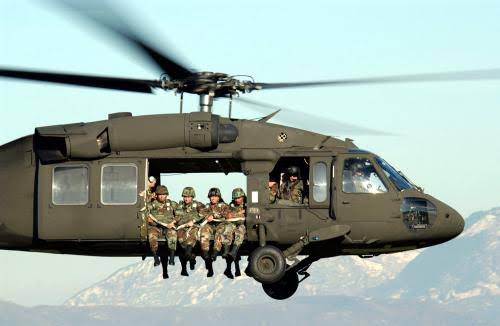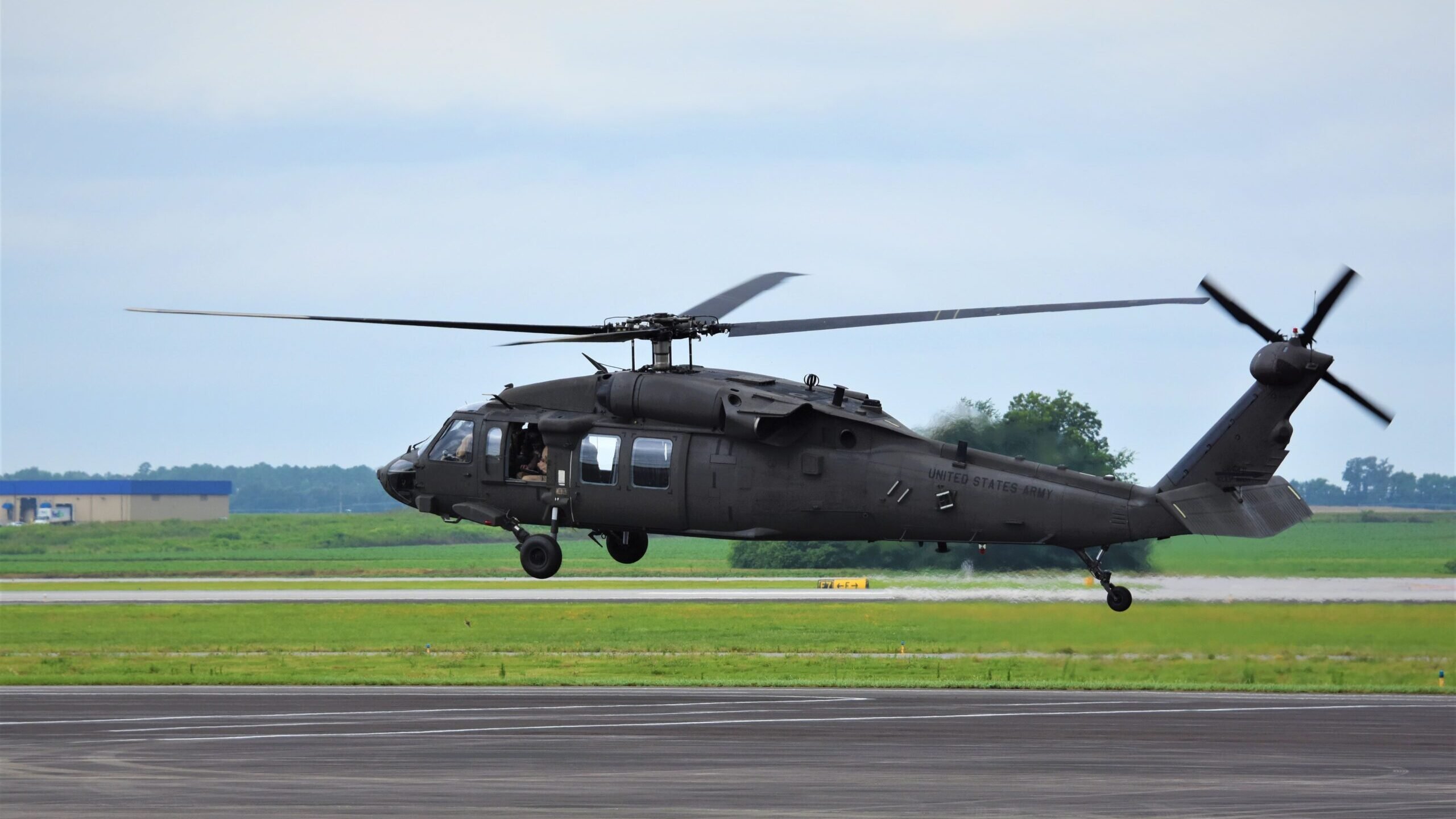The Impact of Lasting Practices on the Future of Aircraft Procedures and Emissions Decrease
As the aeronautics sector deals with enhancing scrutiny over its ecological influence, the fostering of sustainable methods becomes a vital pathway towards future aircraft operations and exhausts reduction. Developments in lasting aeronautics gas and improvements in hybrid propulsion modern technologies stand at the leading edge of this change, encouraging considerable reductions in greenhouse gas exhausts. Nevertheless, the effective combination of these initiatives pivots on a selection of variables, including governing frameworks and sector collaboration. The inquiry stays: just how will these progressing practices reshape the characteristics of flight and add to a more sustainable future?

Introduction of Lasting Practices
Lasting techniques in airplane procedures incorporate a series of approaches targeted at lowering environmental impact while maintaining functional performance. These practices are important in the aeronautics sector's dedication to lessening its carbon footprint and adhering to global ecological criteria. Secret efforts include optimizing trip courses to decrease fuel intake, enhancing upkeep procedures to guarantee aircraft run at peak efficiency, and implementing innovative technologies such as winglets and lightweight products that enhance aerodynamics.

Educating and involving personnel on sustainability methods also play a vital role, fostering a culture of ecological duty within organizations. Generally, the assimilation of these sustainable techniques not just aids reduce discharges however additionally improves the long-lasting stability of the aviation sector, ensuring it satisfies the needs of both clients and regulative bodies while adding to worldwide sustainability objectives.
Cutting-edge Fuel Alternatives
Countless innovative gas choices are emerging as essential services to decrease the air travel sector's dependence on typical nonrenewable fuel sources. Among these alternatives, Lasting Aeronautics Fuels (SAFs) have gained significant attention due to their potential to reduce lifecycle greenhouse gas discharges by up to 80% compared to conventional jet fuels. SAFs are stemmed from different feedstocks, including waste oils, farming residues, and even algae, making them a functional choice for the industry.
Another promising option is hydrogen gas, which, when used in gas cells, creates only water vapor as a result. Furthermore, electrical propulsion systems are being checked out, leveraging battery technology to power airplane.
Finally, biofuels derived from biomass are being checked out, providing a sustainable option that can be blended with standard fuels. Jointly, these innovative gas options stand for an essential action toward accomplishing a lasting aeronautics community, straightening with worldwide exhausts reduction targets and boosting the industry's ecological stewardship.
Technical Developments in Aeronautics

Just how can technical advancements reshape the future of aeronautics? Innovations such as electric and hybrid propulsion systems are at the forefront, promising significant decreases in gas intake and greenhouse gas emissions.
Furthermore, the execution of innovative materials, such as lightweight compounds, adds to enhanced the rules of aerodynamics and fuel performance. Using expert system and artificial intelligence in trip operations enhances route preparation and reduces gas burn by allowing real-time adjustments based upon weather and web traffic conditions. Furthermore, the development of self-governing and from another location piloted airplane systems stands to change cargo and passenger transport, potentially raising efficiency while decreasing human error.
Moreover, lasting aviation modern technologies, including sophisticated air website traffic management systems, can decrease and streamline procedures congestion, resulting in reduced discharges throughout flight. These developments collectively represent a standard change in aviation, promising a future where sustainability and operational efficiency are linked, thereby supporting the market's dedication to lowering its ecological influence.

Regulatory Framework and Compliance
Taking into account the expanding focus on ecological stewardship within the aeronautics field, the governing structure controling airplane procedures is progressing to promote lasting practices. Governing bodies, such as the International Civil Air Travel Organization (ICAO) and different nationwide aeronautics authorities, are presenting rigid guidelines focused on lowering discharges and improving functional effectiveness.
These laws usually consist of the adoption of Sustainable Aviation Gas (SAF), which has actually been acknowledged as an essential element in achieving lower carbon impacts. Conformity with these guidelines requires airlines to execute innovative technologies and functional practices, such as enhanced trip paths and boosted air traffic monitoring, to lessen fuel intake.
In addition, the enforcement of emissions trading systems and carbon countering campaigns is see it here becoming progressively common, engaging airline companies to keep track of and report their exhausts precisely. Non-compliance can cause significant fines, therefore pushing drivers to focus on sustainability in their business versions.
Ultimately, the advancing regulative landscape not just drives development and financial investment in green modern technologies but also cultivates a society of responsibility within the aeronautics industry. As these frameworks remain to develop, the emphasis on lasting techniques will certainly be essential to attaining the field's long-lasting ecological objectives.
Future Trends in Aircraft Workflow
As the aeronautics industry adapts to Visit This Link a progressively rigid governing environment, future patterns in airplane procedures are readied to focus on ingenious remedies that further enhance sustainability and effectiveness - uh 60. Secret growths will likely consist of the fostering of advanced air traffic administration systems, which use real-time information and expert system to optimize flight paths, decreasing gas usage and discharges
One more considerable fad is the raised assimilation of lasting air travel fuels (SAFs) These choices to standard jet gas, stemmed from renewable sources, can substantially reduce lifecycle greenhouse gas emissions. The industry's commitment to SAFs will likely accelerate as airlines work together with fuel producers to make sure availability and cost-effectiveness.
In addition, the press towards electrification and crossbreed propulsion systems is acquiring momentum. Emerging airplane layouts will certainly integrate these innovations, offering quieter and a lot more efficient procedures, specifically for short-haul flights.
Verdict
Finally, the assimilation of sustainable methods in airplane operations holds considerable capacity for emissions decrease and boosted effectiveness. The adoption of sustainable aeronautics gas, coupled with improvements in electrical and hybrid propulsion systems, is essential for minimizing lifecycle greenhouse gas exhausts. Enhancing trip paths and embracing ingenious technologies add to a quieter and much more eco friendly aeronautics industry. Jointly, these efforts straighten with worldwide sustainability objectives and pave the means for a greener future in air travel.
Technologies in sustainable air travel gas and advancements in crossbreed propulsion modern technologies stand at the forefront of this improvement, encouraging significant reductions in greenhouse gas exhausts.Countless cutting-edge fuel options are emerging as critical solutions to a knockout post reduce the air travel sector's dependence on conventional fossil fuels - uh 60. Amongst these options, Sustainable Air travel Gas (SAFs) have actually gained significant interest due to their possible to decrease lifecycle greenhouse gas exhausts by up to 80% compared to standard jet fuels.One more significant fad is the boosted assimilation of lasting aviation gas (SAFs) The fostering of sustainable aviation gas, paired with improvements in hybrid and electrical propulsion systems, is crucial for decreasing lifecycle greenhouse gas exhausts
Comments on “UH 60 Helicopter Overview: Whatever You Need to Know”